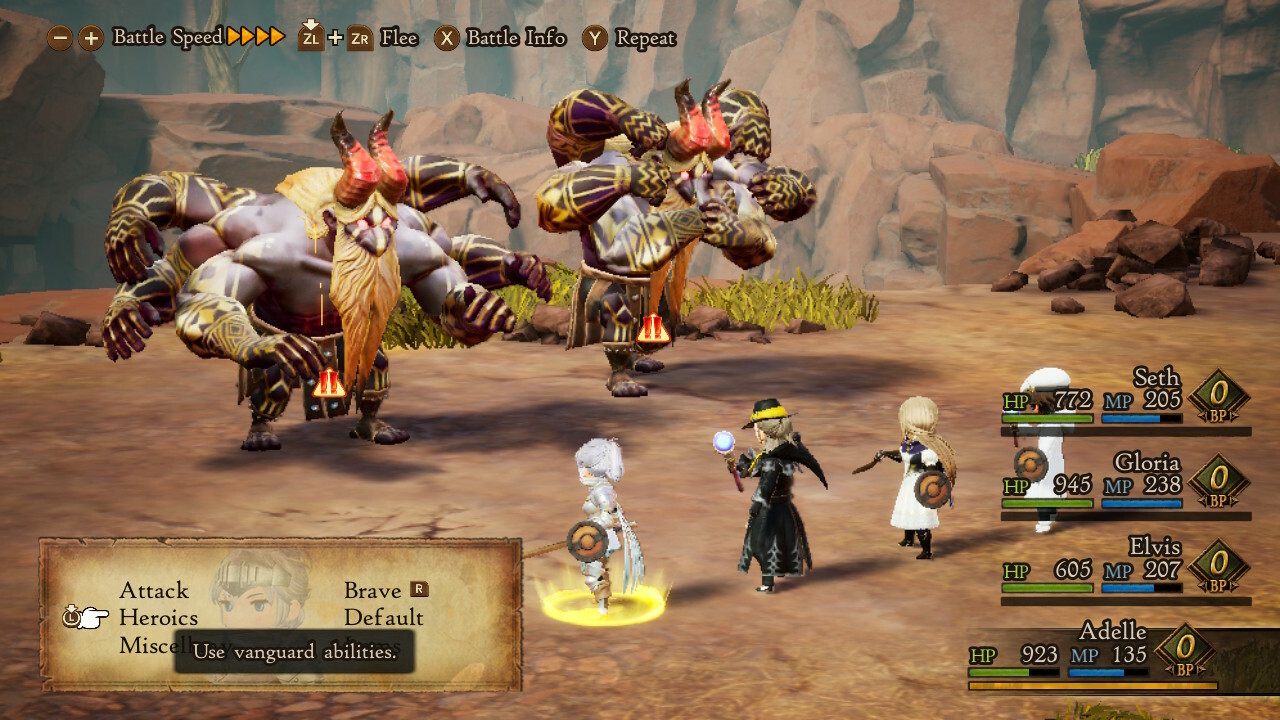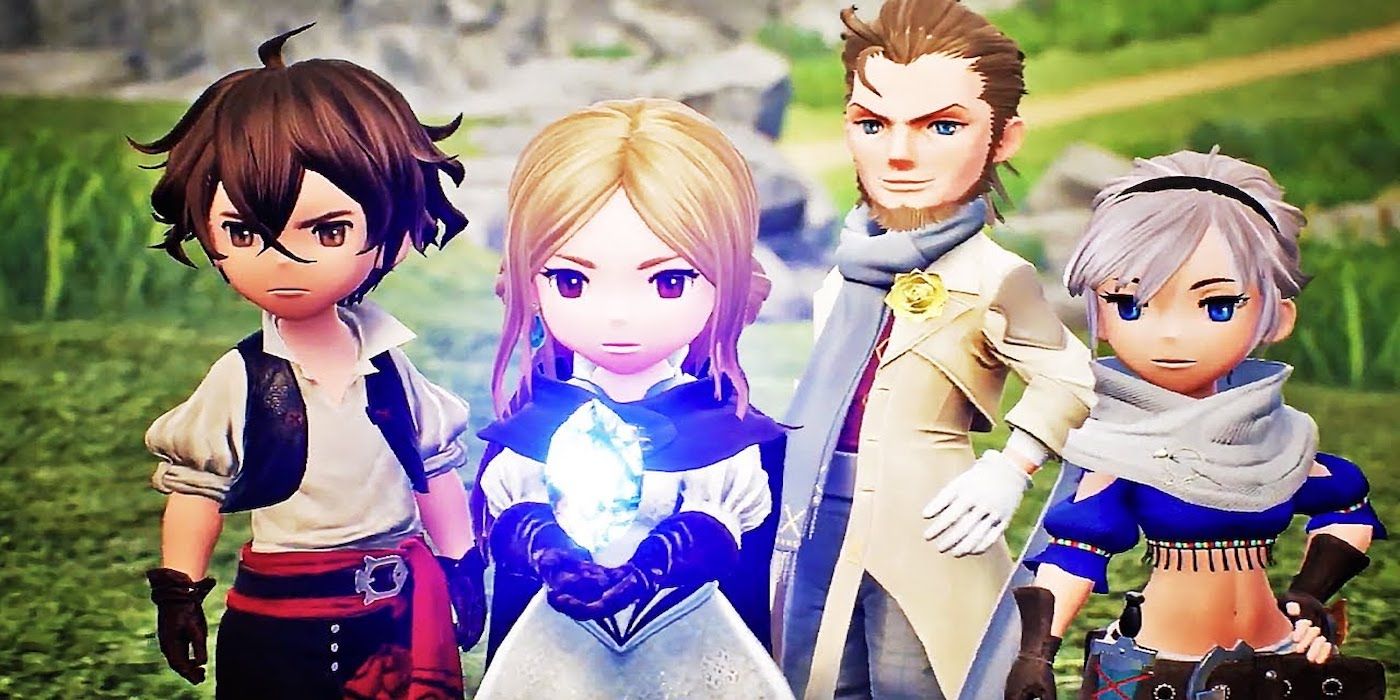

Just leave the Switch running, go to a dungeon or area with monsters, and activate it. One of these QoL changes would be the fact that you can now automatically fight enemies.


However, this grind can be mitigated thanks to some quality-of-life changes. If you’re stuck on a hard boss, chances are you’re under-leveled/underequipped and you need to grind a bit. The grind is the player repeatedly going through battles for experience points and resources to make their characters stronger. Now one thing that would turn off people from the RPG formula would be the grind, one of the more encompassing things about the genre. This push-and-pull is a good addition to the combat style, and it adds a lot of depth to the turn-based gameplay. However, if you have up to three Brave Points banked due to the Default system, you can use the Brave system’s max and still be able to act the next turn. If that happens, that character won’t be able to act for up to 3 turns, leaving them vulnerable to counters. Using the Brave system while you don’t have any Brave Points will put you in the negatives, up to -3. However, make sure that you use them in a manner that allows you to still act. Combining the Brave and Default systems is essential to your party’s victory. Meanwhile, the Brave System will allow you to spend Brave points to do more actions in one turn. The Default system allows your characters to store up to three Brave points, and you get one every time you end that character’s turn. However, one thing that differentiates this game is the triumphant return of the Brave and Default systems that they implemented way back in the series. You can wait out for your character’s turn then attack or heal depending on what the situation dictates.

As already stated, combat is composed of turn-based actions with special commands thrown in.


 0 kommentar(er)
0 kommentar(er)
